I have the following dataframe:
df1<- structure(list(Site = structure(c(1L, 1L, 1L, 1L, 1L, 1L, 1L, 1L, 1L, 1L, 1L, 1L, 1L, 1L, 1L, 1L, 1L, 1L), .Label = c("ALT01"), class = "factor"), Nets = 1:18, Cumulative.spp = c(12L,13L, 15L, 17L, 17L, 17L, 17L, 19L, 19L, 19L, 19L, 20L, 22L, 22L, 22L, 22L, 22L, 22L)), .Names = c("Site", "Nets", "Cumulative.spp"), row.names = c(NA, 18L), class = "data.frame")
and I am trying to get a ggplot2 plot with the geom_smooth response of this function:
Model1<-nls(Cumulative.spp ~ SSasympOff(Nets, A, lrc, c0), data = df1)
Typically if I had a model like this:
Model2 <- lm(Cumulative.spp ~ I(log(Nets), data = df1)
I tried two methods
Method 1
I would do this:
library(ggplot2)
ggplot(df1, aes(x=Nets, y = Cumulative.spp)) + geom_point() + geom_smooth(method="lm", formula=y~log(x), fill="blue", fullrange=T)
but when I try to do the same with the assymptote it does not work:
ggplot(df1, aes(x=Nets, y = Cumulative.spp)) + geom_point() + geom_smooth(method="nls", formula=y~SSasympOff(x, A, lrc, c0), color="blue", fullrange=T)
but I got this error and this plot:
Warning message:
Computation failed in `stat_smooth()`:
$ operator is invalid for atomic vectors
Method2
I tried predicting over the original dataframe to get a confidence interval and using geom_line over the predicted values and geom_ribbon on the interval, but when I do
predict(Model1, df1, interval = "confidence")
but I do not get the confidence interval, only the predicted values
any help would be appreciated



